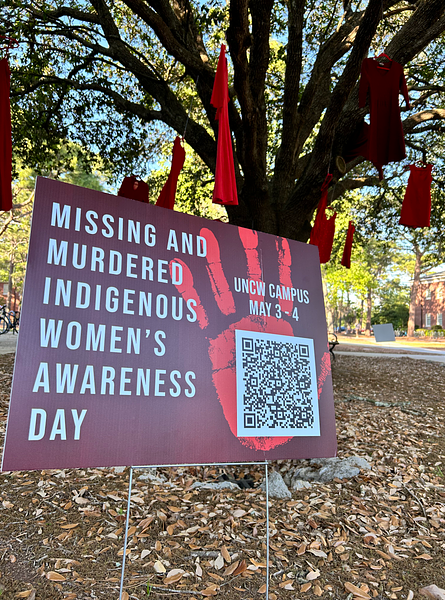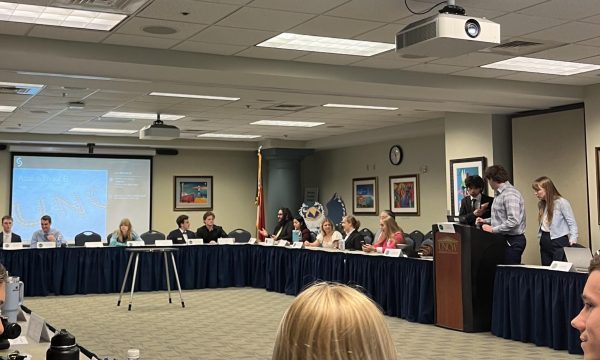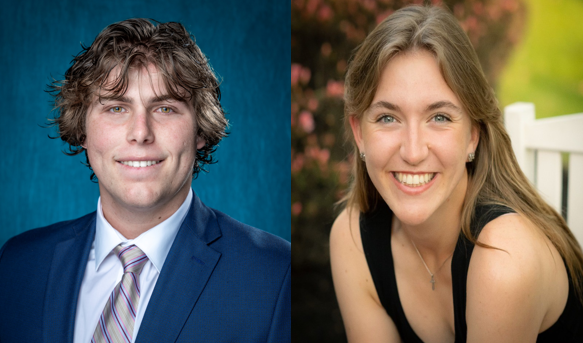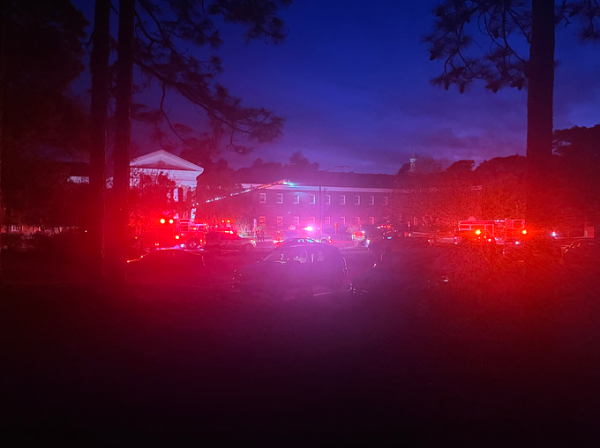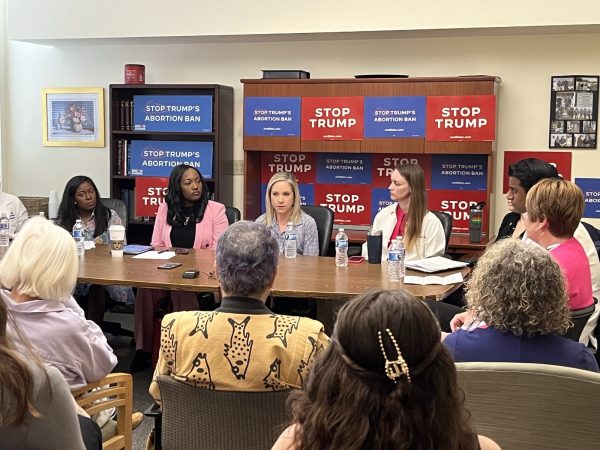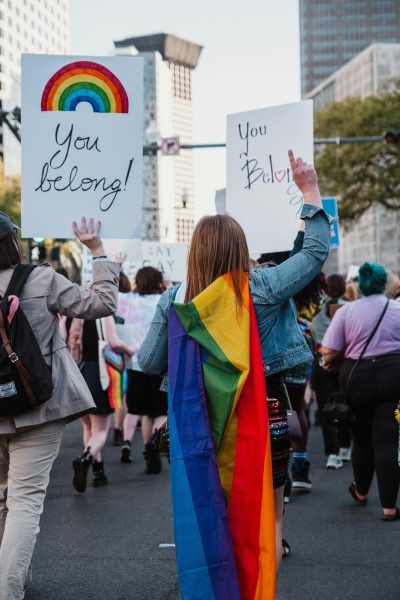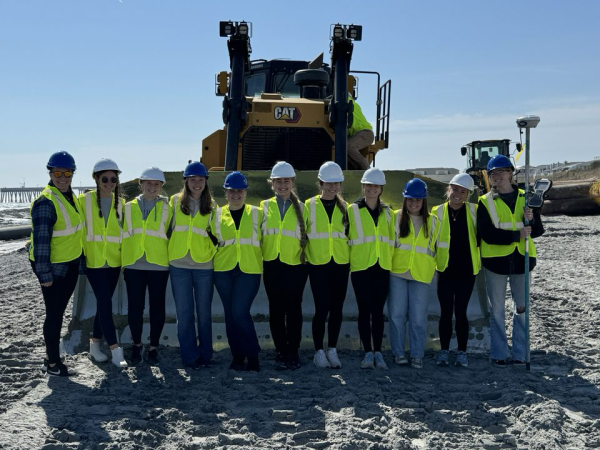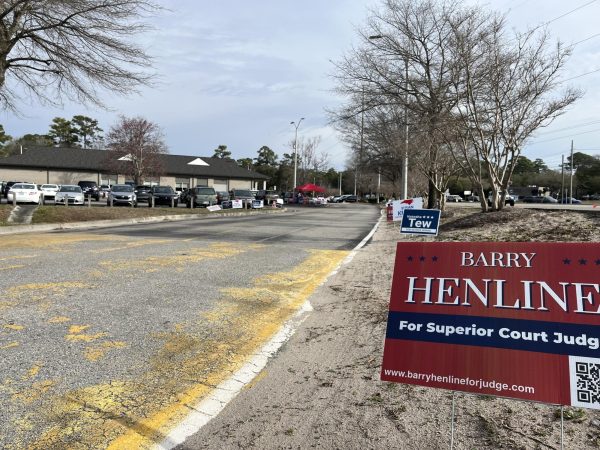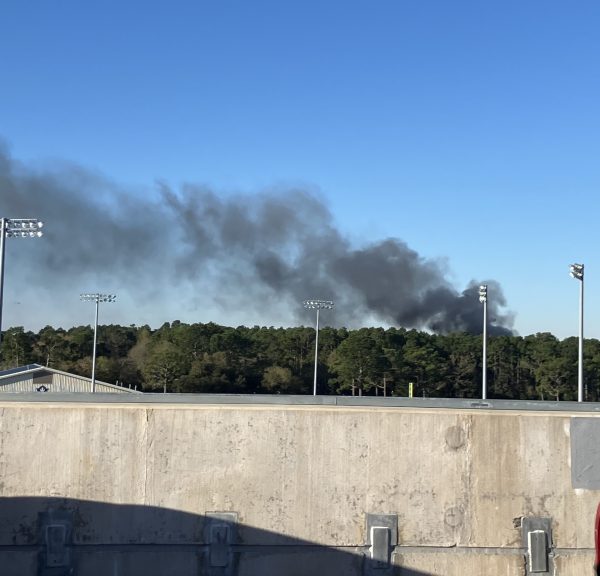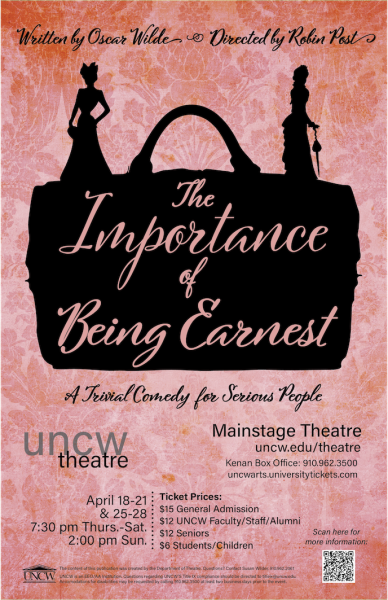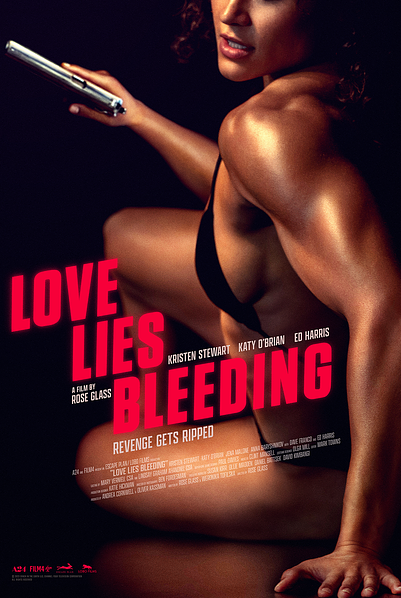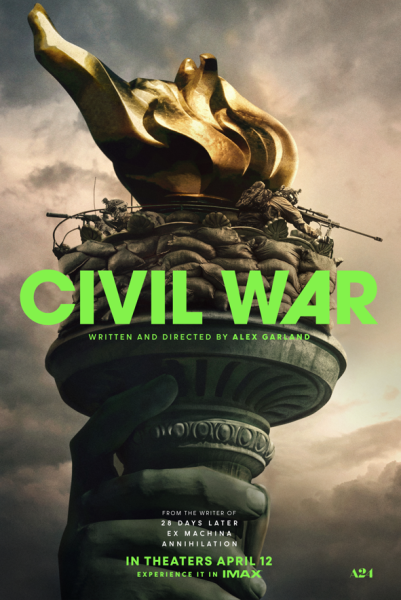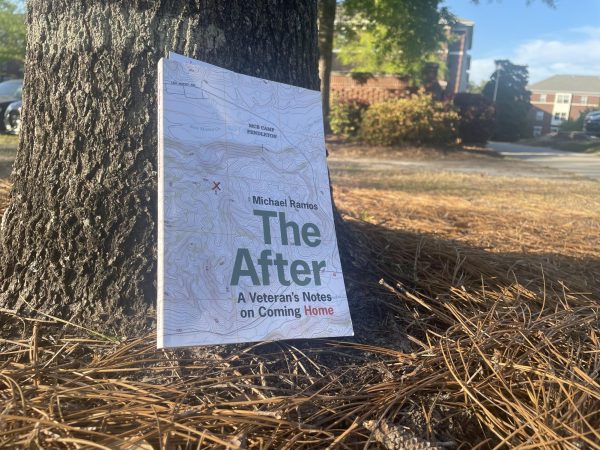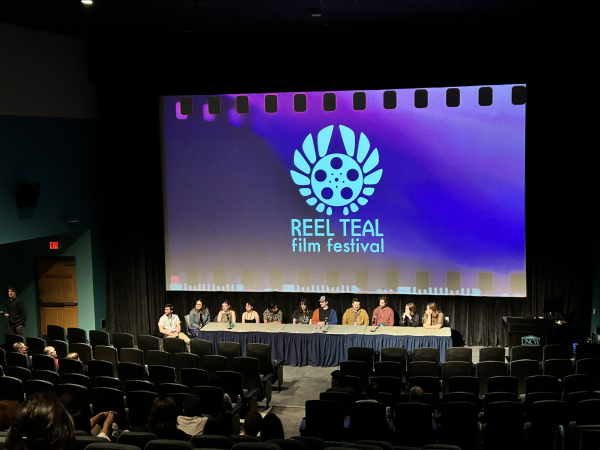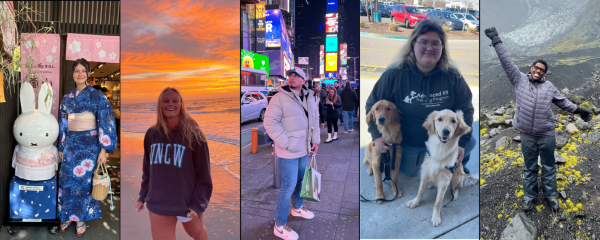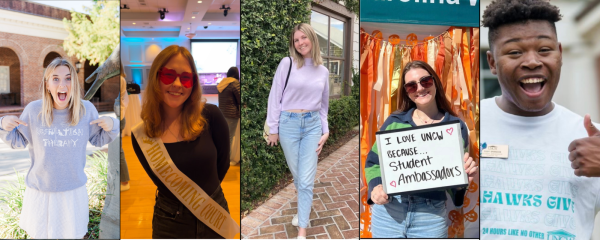Myra Tejada: the girl who ran ’til her knees bled
November 30, 2011
The time was 7:15 a.m. The fog wouldn’t roll over the mountains until later. The downpour the evening before had robbed the air of all its moisture; it was clear, fresh. A horn echoed throughout Discovery Ridge after a countdown from 10. In the heart of Virginia, Myra Tejada, a Creative Writing graduate student at UNCW, remembers the run clearly.
“I was nervous, but I was more excited,” said Tejada.
The herd of runners started slow and close together, brushing shoulders and smacking the dew-dampened blacktop with mildly-worn sneakers, the kind of sneakers that have seen some mileage but still have a spring in their step.
Each runner wore a red number on a license plate-sized paper tag called a bib, and as they passed under the large air-filled plastic red arch the tiny electronic chip in each one marked his or her start time. The ends of the arch were fastened to each side of the road with white rope in case of wind, but the only force threatening to knock it down on this calm fall morning was the whoosh of the runners as they flew by on 70 pairs of sneakers.
Just like that, the runners passed under the arch and the race had begun. There was no countdown, no horn and no communication as they spread out and sped up; like wolves in a pack with an intuitive team instinct, they knew where to go and how to get there.
Somewhere in the middle of the pack, Tejada took her first step towards the finish. A colorful personality leaks out from her focused brown eyes, her curly brown ponytail and her light brown skin, tight over muscles tense with expectation. She drove six hours from Wilmington, N.C., to Charlottesville, Va., only to run 19 more.
This is the Ultra Race of Champions. She has 62 miles to go. She had never run this distance before, but her accomplishments show that it wasn’t for lack of ambition.
Before she ran marathons through the iconic neighborhoods of Boystown, New York City, Chinatown in Boston and Wrigleyville, Chicago, Tejada ran high school track, even though she doubts the level of skill she possessed then. Her real love was more creative poetry.
“I think I was always writing,” she says after wracking her brain for a few moments, trying to remember why she started. Her parents are Hispanic, she was born in Texas. She remembers vividly her family in Spain, Peru and Mexico, whom she visited often.
“Dad used to read me bedtime poetry in Spanish. This one poem, Volveran Las Oscuras Golondrinas by Caesar, he taught to me,” Tejada recalled. Later, creativity influenced her career choice. She spent four years at Notre Dame studying architecture, and one of those was spent abroad in Rome.
After graduation, she found a competitive job for a pharmaceutical advertising firm in Chicago, and even worked in New York City for a firm there.
“But I wasn’t happy doing it. I wanted to do something that made me happy.” Tejada realized her need to pursue something else. She loved architecture, but she loved writing more. She quit her job as an ad rep and pursued a creative writing degree instead.
“I gave up a lot to do it, so I know I wanted it,” said Tejada. Now Tejada teaches creative writing on Monday mornings for 12 eighth graders at Noble Middle School in Wilmington. “It’s the one hour in the week where all barriers come down, one hour to let it all out,” she said. The rest of her time is devoted to her studies at one of the best graduate programs for creative writing in the country.
As writing is for her students, running has become her therapy. To some runners, race day is a test of the body. To others, it is a celebration of the mileage, the speed training and even the weight loss accomplished in the months leading up to it.
“I run because it clears my head. I don’t think of anything, only my breathing,” she said.
No matter where she went, Tejada took her therapy with her and it turned into a love for competition. Her first long-distance race was a half-marathon she ran with four friends in Chicago.
“Our goal was to run without stopping. The only goal was to finish,” she remembers. “We didn’t know what we were doing.” Tejada enjoyed the race so much that she quit rowing crew for Notre Dame to focus on running. She joined a running group, and it became her social life.
But long-distance running is a solo sport, and it doesn’t get competitive until a runner reaches elite status. Although her boyfriend Erik Rasmussen also runs, he often finishes earlier than some of the elites. She doesn’t consider him in her league.
So Tejada competes with herself–she sets her own personal records, either in miles or speed, and attempts to beat them. Sometimes she does, sometimes she doesn’t. Running ate up hours of precious time, as did planning and preparing the meals that would help her fuel and recover from those long hours setting rubber to pavement. She was eating over 3000 calories a day and running up to 60 miles a week while training.
Her sacrifices for the sport were considered extreme by her old friends, and her social life suffered. Now she surrounds herself with people who are supportive of her running goals.
“Others want to go out on a Friday night. They didn’t understand that I’d rather stay in so I can run in the morning,” she said.
Finishing the Ultra Race of Champions was to be a personal record-breaker, the longest distance she had ever attempted. It was to be a proud moment; a time to share a few celebratory drinks.
“When you break a P.R. (personal record), it’s a tradition that you do a carbomb with friends,” she said, laughing. A carbomb is an alcoholic beverage with the bite of a shot dropped in the glass and quickly downed—in other words, the beginning of a very good night for a victor with blisters and bruises.
She did not finish the race. Within the first ten minutes, Tejada wedged her right ankle painfully between two boulders on a steep and narrow rocky trail. The runners behind her were at a faster pace than she was comfortable with, and the trail was flanked by thick vegetation on one side and a drop on the other. There was no place to step aside.
“I wasn’t confident in my footing and trail running is all about footing. I was out of my comfort zone.” Rasmussen, who was also running, had offered to carry her back, but she refused.
“I wasn’t bleeding out of my eyes, I knew I was fine. I told him there was no way we should make this a wash for the both of us.” Before Rasmussen left her side, she had told him she would continue. But after struggling for about three minutes in her descent further down the trail, she stopped.
“I paused and just stood there and looked in both directions,” she said. Tejada spent an hour hobbling uphill and back towards the start line, where paramedics met her and iced the injury. It would require an air cast for several weeks, but that didn’t stop her from cheering Rasmussen at the finish line 12 hours later.
Tejada plans to race another ultra-marathon this December, and is building her endurance again now that she can get back on the road.
“The beauty of running is that there’s always another race,” she said.
